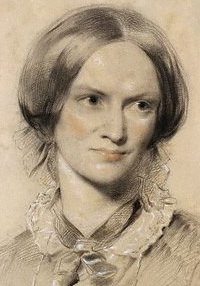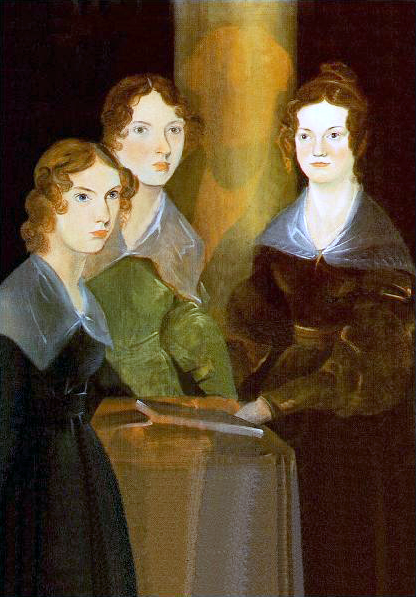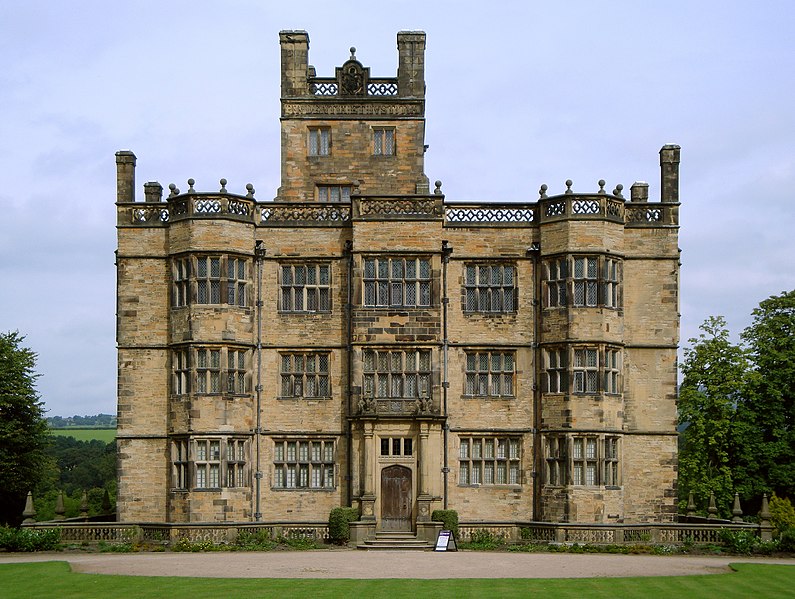 The Mill on the Floss by George Eliot
The Mill on the Floss by George Eliot
I’m reading this, my third Victorian literature novel, as part of the KC Public Library‘s ‘A Taste of Victorian Literature‘ reading group. I’ll be reading this throughout the month of April 2011 and will join the group at the Plaza Branch on Wednesday, April 27, 2011 at 6:30 p.m. for a lecture and discussion.
The following were provided in handouts from the Kansas City Public Library, emailed to the participants in the reading group.
About the Book:
The title of this novel is a succinct description of both the setting and the chief external conflict: the Dorlcote Mill located on the River Floss, which is operated by the Tulliver family. The business creates conflict within the family as Mr. Tulliver sends his doltish son Tom for schooling (in preparation to run the mill) rather than his bright and bookish daughter Maggie. After a lawsuit threatens to bankrupt him, Mr. Tulliver asks his son to swear an oath of enmity on the family Bible – an oath that soon changes Maggie’s life as well.
The nuanced relationship between Tom and Maggie is the novel’s foremost concern as the siblings unintentionally create a snowballing series of tragedies. Meanwhile, Eliot applies a keen moral sense to all her characters. Few are left unscathed.
The Mill on the Floss presents one of the finest portraits of domestic life in the early Victorian era, offering readers insights into the rituals of meals as well as the procurement and preparation of food. Eliot’s acute eye for village life also manifests in colloquial dialogue.
A true Victorian novel given its time period, The Mill on the Floss is also a distinctly modern novel in that Eliot gives all the characters true minds of their own: psychology trumps plot and narrative convenience and even reader expectation.
About the Author:
George Eliot (1819 – 1880) took up her career as a novelist later than most. Named Mary Ann Evans, she grew up in a modest home and attended school under the influence of an evangelical spinster. She left school as a teenager in order to care for her father, who would be her near constant companion for the next 15 years until his death. During this time, she struggled with her own concept of moral duty as well as religious notions that nearly compelled her to forsake reading for pleasure.
At 35, Eliot fell in love with George Henry Lewes, a married man prevented by Victorian law from obtaining a divorce from his wife despite her infidelity, which produced four children. Rejecting respectability and social custom, Eliot lived with Lewes as his unmarried wife. This happy union proved the catalyst for Eliot to take up the pen.
Eliot published her first novel Adam Bede in 1859, adopting at that time the convention of female authors taking male pseudonyms. Widely hailed by critics and the public alike, only Charles Dickens immediately identified this debut author as an incredibly talented woman. The Mill on the Floss (1860), her second novel, proved part autobiographical in its depiction of a close brother-sister relationship.
Eliot wrote several more important novels: Silas Marner (1861), Romola (1862), Felix Holt (1866), Middlemarch (1871), and Daniel Deronda (1876). She passed away in 1880, two years after Lewes died.
In her time, Eliot was known as the greatest living English novelist. She is praised for her focus on the psychology of her characters as well as the moral force of her fiction and its intelligence. Virginia Woolf would later defend Eliot against disparaging attacks by declaring Middlemarch as “one of the few English novels written for grown-up people.”
Discussion Topics for The Mill on the Floss
- Childhood and falling in love are two main themes of Mill on the Floss. How do the provincial values and customs of St. Ogg’s stunt the main characters’ growth and frustrate their romantic relationships?
- Eliot believed that the art of fiction told truths of its own, through invention. What truths about life does Mill on the Floss get at? Which of these truths might be considered timeless?
- The word “respectable” comes up repeatedly in this novel. What does it mean, within the context of early Victorian society?
- What do we learn in this novel regarding Victorian attitudes towards children? What role does class play in these attitudes?
- Water is the novel’s most important motif or recurring symbol. How does Eliot use water to foreshadow the plot, to highlight certain themes? What does water symbolize?
- Who is the narrator? What role does this narrator play?
- What is the importance of family in this novel? In Victorian society at large?



































